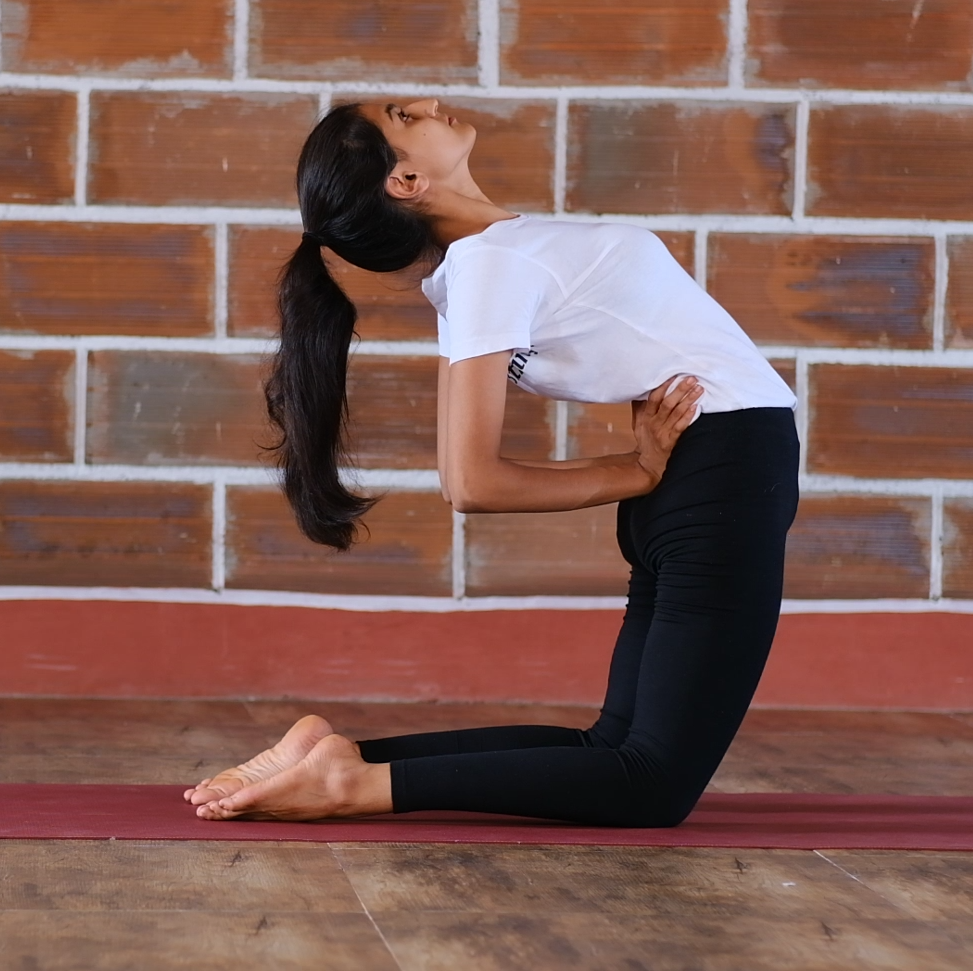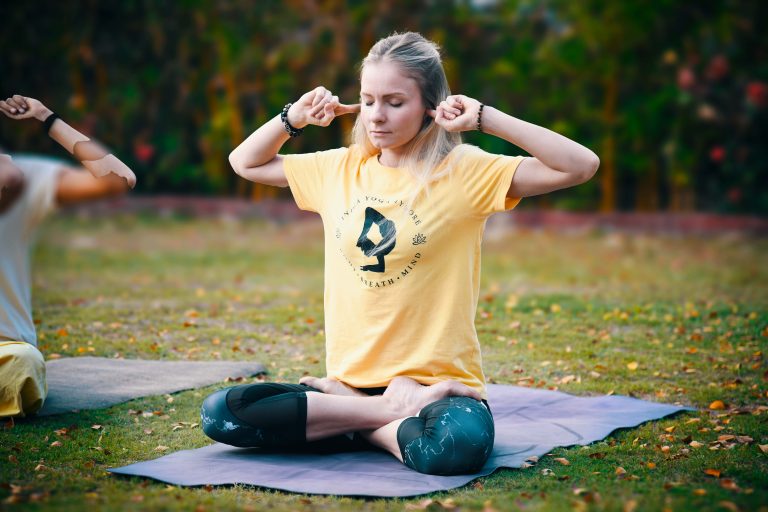Yoga for Anger Management
What is Anger and Anger Management?
Anger is sort of danger. For example, when someone’s angry, the heart rate goes up, blood pressure increases, adrenaline rushes, hormone boost up, and more. Due to these he/she may react to a situation without thinking about consequences. In turn, this may result in physical, mental, emotional and financial distress.
Reasons for Anger
Different individuals experience anger due to different reasons and this may include
- an expectation of power or support
- hardships/ roadblocks in life
- egoistic nature
- feelings of loneliness and frustration
- tension, depression or anxiety
- feeling of being threatened or attacked
- being bullied or teased
- feelings of powerlessness or lack of control
- prolonged failed attempts in something
How yoga helps in anger management
“Asanas penetrate deep into each layer of the body and ultimately into the consciousness itself”.
Physical level
One of the basic principles of regular yoga practice is to breathe better, because it improves the breathing pattern and the circulation of blood in the body. Firstly, it improves all the organs and the whole body system. Secondly, after the asana practice, the dopamine is released in the bloodstream from the brain, which makes one feel relaxed and happy. Thirdly, it helps to get back to the practice everyday to experience the same feelings.
Inversions and backbends relieve tensions, emotions, fear, anxiety, depression from the body and anger. During inversions and backbends the blood circulation improves, and so the mind becomes calm and peaceful. As a result, balance comes in the neuromuscular system both sympathetic and parasympathetic. This reduces the production of cortisol in the body. Thereby, helping in being less stressed and angry. It helps in improving the functioning of sensory and motor neurons which helps in improving memory, concentration, and balance your right and left hemisphere of the brain.
Some of the anger management Yoga practices can include
- Inversions – sarvangasana, halasana, matsyasana, balasana, adho mukha virasana, adho mukha svanasana
- Backbends – bhujanasana, shalabhasana, ushtrasana, and dhanurasana
- Shavasana- Savasana should always be done after asana practice so that whatever imbalances or ego being raised by the practice can be neutralized. The body becomes calm, relaxed, by releasing tension from all parts of the body, and it also helps in absorption of the benefits of the practice into the muscle memory of the body.

Mental and Emotional level
Along with asana practice, adding certain relaxation techniques using Pranayama, can help in mental and emotional wellness and in anger management. For example, there is yoga nidra, meditation, nadi shodhana, sheetali, sheetkari, and bhramari.
Regular pranayama practice helps in keeping the neuromuscular system balanced, as there are over 72000 nadis in the body out of which 3 nadis are very important. Those are Ida, Pingala and Sushumna. Ida is left, which refers to the moon, which means coolness. Pingala is right, which refers to the sun which means heat. Sushumna is in the center, which refers to balance. A person who gets angry, has more heat in the body (Pingala is high). Hence, one must work on the left side(Ida Nadi) to balance. This can be done by doing Chandra bhedana pranayama.
Spiritual level
Yoga asanas, pranayama, bhakti yoga or chanting helps in bringing a spiritual balance in a person. A person who practices this regularly can be guided by the spiritual path.
When a person is able to attain physical, mental and spiritual balance, then he/she will be able to control their anger much more comfortably.
Benefits of yoga
- gaining stability of body, mind and soul
- avoiding get bad thoughts like suicide and violence towards others
- improves the musculoskeletal system, endocrine system, organs, tissues and cell health
- elevates mood and self compassion
- promotes mindfulness and improves sleep
- helps improve strength, balance and flexibility
- helps to heal from all sorts of diseases and ailments
- leads to a peaceful, blissful and happy life
Yoga Tips for anger management
- Pratipaksha bhavana helps during anger
- Count down 1-100
- Take long deep breaths 5-10 times
- Repeat a mantra or chant
- Play some soothing music or tunes
- Practice gratitude and forgiveness
- Talk to a friend
- Relax your muscles or exercise
- Laugh
Conclusion
If you can try the suggestions given above in the article, and see what works for you, you can actually be able to deal with anger in a much better way. We can replace aggression with calm responses. Anger is an emotion that everyone has, but one who practices Asana, Pranayama, Chanting or other methods can manage anger better.
The regular practice of Yama, Niyama, Asana and Pranayama can bring in a lot of difference in dealing with anger issues. If one does tapas of yoga practice mindfully, they can achieve ultimate peace and be free from anger.
This blog was originally written by Srinivas Thakur, Level 2 Indea Yoga Teacher, and edited by Team Indea Yoga. This was a part of his dissertation work during her Level 2 Teacher Training Course.



